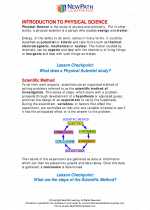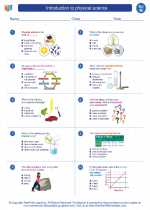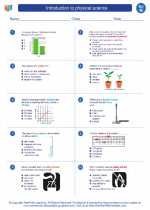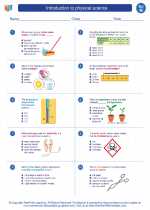Petiole: Structure and Function
The petiole is the stalk that attaches a leaf to the stem of a plant. It serves as the connection between the leaf blade and the stem, providing support and facilitating the transport of water, nutrients, and sugars between the two structures.
Structure of the Petiole
The petiole is made up of several key components:
- Epidermis: The outer layer of the petiole, which provides protection and regulates gas exchange.
- Cortex: The tissue beneath the epidermis, containing cells that store starch and provide structural support.
- Vascular bundles: These bundles of xylem and phloem tissues are responsible for transporting water, minerals, and sugars to and from the leaf.
- Collenchyma and parenchyma cells: These cell types provide additional support and storage within the petiole.
Functions of the Petiole
The petiole serves several important functions within the plant:
- Support: The petiole helps hold the leaf in place, allowing it to capture sunlight for photosynthesis.
- Transport: Vascular bundles within the petiole facilitate the movement of water, nutrients, and sugars between the leaf and the rest of the plant.
- Flexibility: The petiole can allow the leaf to reposition itself to optimize sunlight exposure.
- Storage: Some petioles contain specialized cells for storing water, starch, or other substances needed by the plant.
Study Guide
To fully understand the concept of the petiole, consider the following study points:
- Describe the structure of the petiole, including its outer layer, inner tissues, and specialized cells.
- Explain the role of vascular bundles in the petiole and how they contribute to the transport of substances within the plant.
- Discuss the functions of the petiole in supporting the leaf, facilitating transport, and adapting to environmental conditions.
- Compare and contrast the petioles of different plant species, noting any variations in structure and function.
- Investigate the impact of environmental factors such as light, temperature, and water availability on the development and function of petioles.
By thoroughly exploring these study points, you can gain a comprehensive understanding of the petiole and its significance in plant physiology.
.




